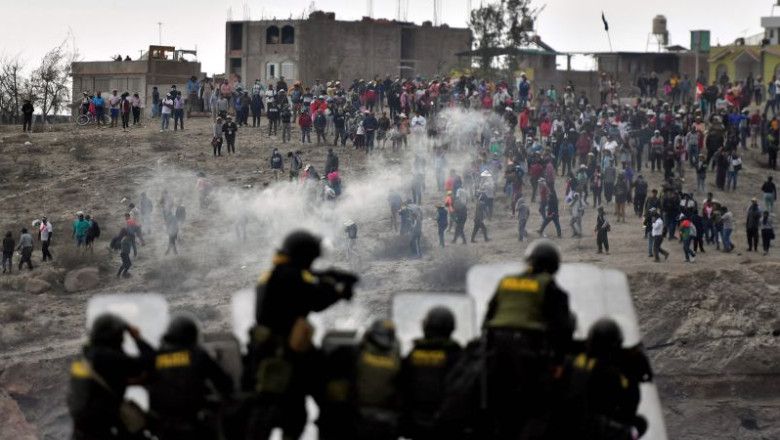
views
Peru's president calls for dialogue after more than 30 injured in nationwide protests | CNN
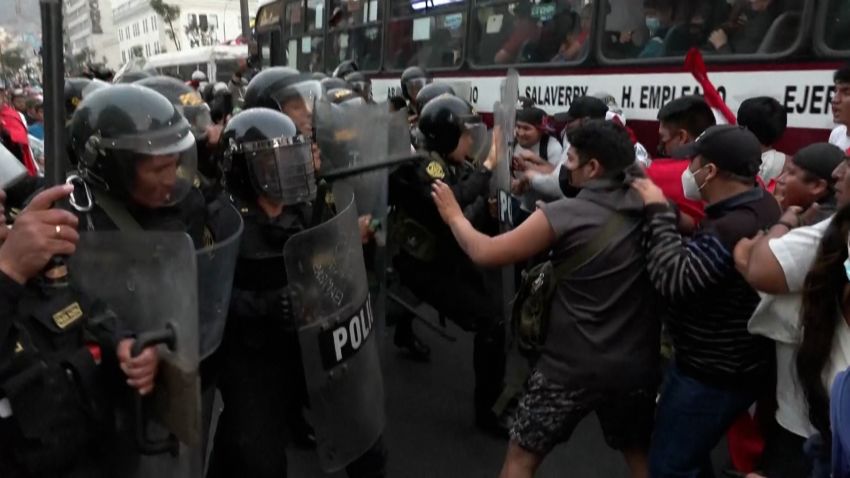 Video Ad Feedback
Video Ad Feedback
Wondering what's happening in Peru? CNN explains in 2 minutes 02:08 - Source: CNN
CNN —
Peru’s President Dina Boluarte has called for dialogue after clashes between protesters and police during nationwide demonstrations left one person dead and 30 injured.
“Once again, I call for dialogue, I call on those political leaders to calm down. Have a more honest and objective look at the country; let’s talk,” Boluarte said at a press conference on Thursday evening.
Her comments came after clashes on the streets of the capital Lima, where thousands of protesters from across the country faced a massive show of force by local police.
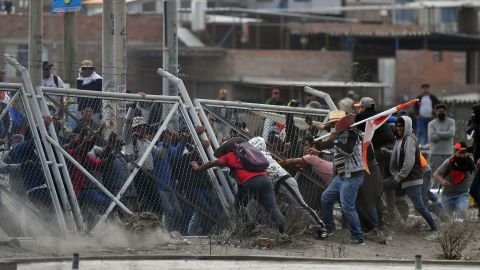 Demonstrators pull down a fence while trying to enter Arequipa's airport.
Demonstrators pull down a fence while trying to enter Arequipa's airport.
Diego Ramos/AFP/Getty Images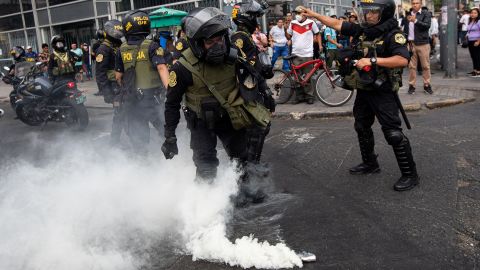 Police are pictured in the capital Lima on Wednesday.
Police are pictured in the capital Lima on Wednesday.
Lucas Aguayo Araos/Anadolu Agency/Getty Images
Protesters marching in Lima – in defiance of a government-ordered state of emergency – demanded Boluarte’s resignation and called for general elections as soon as possible.
State broadcaster TV Peru showed a group of protesters breaking through a security cordon and advancing onto Abancay Ave, near Congress. In the video, protesters can be seen throwing objects and pushing security agents.
Police forces were also seen unleashing tear gas on some demonstrators in the center of the city.
Fierce clashes also broke out in the southern city of Arequipa, where protesters shouted “assassins” at police and threw rocks near the city’s international airport, which suspended flights on Thursday. Live footage from the city showed several people trying to tear down fences near the airport, and smoke billowing from the surrounding fields.
Boluarte said 22 members of Peru’s National Police and 16 civilians had been injured and damages reported at airports in Cusco and Puno, as well as Arequipa
A major fire was also reported in downtown Lima where ten firefighters units were at the scene to put out the flames, according to the interior ministry.
“All the law will fall on those people who are committing these criminal acts of vandalism, that we are not going to allow it again,” Boluarte said.
She also expressed solidarity with members of the press who had been attacked.
“That’s not a peaceful protest march, the acts of violence generated throughout these days of December and now in January will not go unpunished,” Boluarte said.
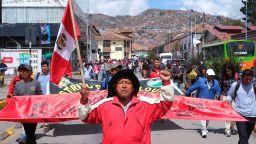 A man holds a Peruvian flag as he takes part in a demonstration before heading to Lima, to gather with protesters from around the country for the 'capture of Lima' march, calling for the resignation of Peru's President Dina Boluarte, following the ousting and arrest of former President Pedro Castillo, in Cusco, Peru, January 18, 2023. REUTERS/Paul Gambin NO RESALES. NO ARCHIVES
A man holds a Peruvian flag as he takes part in a demonstration before heading to Lima, to gather with protesters from around the country for the 'capture of Lima' march, calling for the resignation of Peru's President Dina Boluarte, following the ousting and arrest of former President Pedro Castillo, in Cusco, Peru, January 18, 2023. REUTERS/Paul Gambin NO RESALES. NO ARCHIVES
Paul Gambin/Reuters
Peru's crisis is a cautionary tale for democracies
Public officials and some of the press have disparaged the protests as driven by vandals and criminals – a criticism that several protestors rejected in interviews with CNN en Espanol as they gathered in Lima this week.
Even if “the state says that we are criminals, terrorists, we are not,” protester Daniel Mamani said.
“We are workers, the ordinary population of the day to day that work, the state oppresses us, they all need to get out, they are useless.”
“Right now the political situation merits a change of representatives, of government, of the executive and the legislature. That is the immediate thing. Because there are other deeper issues – inflation, lack of employment, poverty, malnutrition and other historical issues that have not been addressed,” another protester named Carlos, who is a sociologist from the Universidad San Marcos, told CNNEE on Wednesday.
The Andean country’s weeks-long protest movement – which seeks a complete reset of the government – was sparked by the ouster of former President Pedro Castillo in December and fueled by deep dissatisfaction over living conditions and inequality in the country.
Demonstrators’ fury has also grown with the rising death toll: At least 54 people have been killed amid clashes with security forces since the unrest began, and a further 772, including security officials, have been injured, the national Ombudsman’s office said earlier on Thursday.
Peruvian authorities have been accused of using excessive force against protesters, including firearms, in recent weeks. Police have countered that their tactics match international standards.
Autopsies on 17 dead civilians, killed during protests in the city of Juliaca on January 9, found wounds caused by firearm projectiles, the city’s head of legal medicine told CNN en Español. A police officer was burned to death by “unknown subjects” days later, police said.
Jo-Marie Burt, a senior fellow at the Washington Office on Latin America, told CNN that what happened in Juliaca in early January represented “the highest civilian death toll in the country since Peru’s return to democracy” in 2000.
A fact-finding mission to Peru by the the Inter-American Commission of Human Rights (IACHR) also found that gunshot wounds were found in the heads and upper bodies of victims, Edgar Stuardo Ralón, the commission’s vice-president, said Wednesday.
Ralon described a broader “deterioration of public debate” over the demonstrations in Peru, with protestors labeled as “terrorists” and indigenous people referred to by derogatory terms.
Such language could generate “a climate of more violence,” he warned.
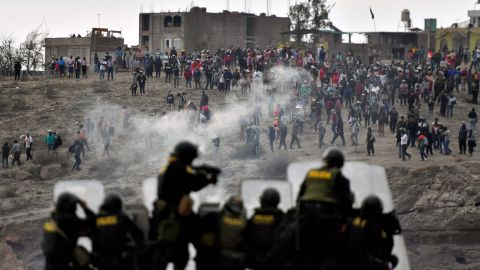 Riot police shoots tear gas at demonstrators seeking to an airport in Arequipa.
Riot police shoots tear gas at demonstrators seeking to an airport in Arequipa.
Diego Ramos/AFP/Getty Images
“When the press uses that, when the political elite uses that, I mean, it’s easier for the police and other security forces to use this kind of repression, right?” Omar Coronel, a professor at the Pontifical Catholic University of Peru, who specializes in Latin American protests movements, told CNN.
Peruvian officials have not made public details about those killed in the unrest. However, experts say that Indigenous protestors are suffering the greatest bloodshed.
“The victims are overwhelmingly indigenous people from rural Peru,” Burt said.
“The protests have been centered in central and southern Peru, heavily indigenous parts of the country, these are regions that have been historically marginalized and excluded from political, economical, and social life of the nation.”
Protesters want new elections, the resignation of Boluarte, a change to the constitution and the release of Castillo, who is currently in pre-trial detention.
At the core of the crisis are demands for better living conditions that have gone unfulfilled in the two decades since democratic rule was restored in the country.
While Peru’s economy has boomed in the last decade, many have not reaped its gains, with experts noting chronic deficiencies in security, justice, education, and other basic services in the country.
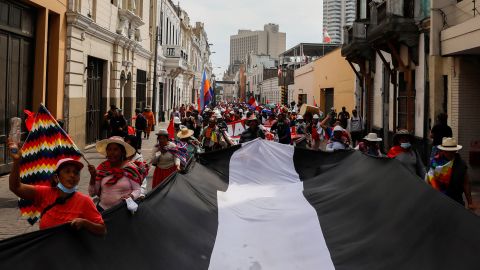 Protesters are seen in Lima on Thursday.
Protesters are seen in Lima on Thursday.
Allesandro Clinque/Reuters
Castillo, a former teacher and union leader who had never held elected office before becoming president, is from rural Peru and positioned himself as a man of the people. Many of his supporters hail from poorer regions, and hoped Castillo would bring better prospects for the country’s rural and indigenous people.
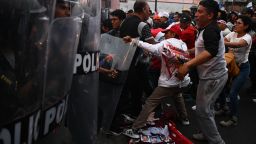 TOPSHOT - Protestors clash with the police during a demonstration against the government of Peruvian President Dina Boluarte in Lima on January 4, 2023. - Political upheaval has roiled Peru in the last weeks. Then-president Pedro Castillo on December 7 sought to dissolve Congress and rule by decree, only to be ousted and thrown in jail. Castillo was replaced by his vice president, Dina Boluarte. But Boluarte has faced a wave of often violent demonstrations calling for Castillo to be returned to power. (Photo by ERNESTO BENAVIDES / AFP) (Photo by ERNESTO BENAVIDES/AFP via Getty Images)
TOPSHOT - Protestors clash with the police during a demonstration against the government of Peruvian President Dina Boluarte in Lima on January 4, 2023. - Political upheaval has roiled Peru in the last weeks. Then-president Pedro Castillo on December 7 sought to dissolve Congress and rule by decree, only to be ousted and thrown in jail. Castillo was replaced by his vice president, Dina Boluarte. But Boluarte has faced a wave of often violent demonstrations calling for Castillo to be returned to power. (Photo by ERNESTO BENAVIDES / AFP) (Photo by ERNESTO BENAVIDES/AFP via Getty Images)
Ernesto Benavides/AFP/Getty Images
Peru extends state of emergency amid deadly protests
While protests have occurred throughout the nation, the worst violence has been in the rural and indigenous south, which has long been at odds with the country’s coastal White and mestizo, which is a person of mixed descent, elites.
Peru’s legislative body is also viewed with skepticism by the public. The president and members of congress are not allowed to have consecutive terms, according to Peruvian law, and critics have noted their lack of political experience.
A poll published September 2022 by IEP showed 84% of Peruvians disapproved Congress’s performance. Lawmakers are perceived not only as pursuing their own interests in Congress, but are also associated with corrupt practices.
The country’s frustrations have been reflected in its years-long revolving door presidency. Current president Boluarte is the sixth head of state in less than five years.
Joel Hernández García, a commissioner for IACHR, told CNN what was needed to fix the crisis was political dialogue, police reform, and reparations for those killed in the protests.
“The police forces have to revisit their protocol. In order to resort to non-lethal force under the principles of legality, necessity, and proportionality and as a matter of last resort,” Hernández García said.
“Police officers have the duty to protect people who participate in social protest, but also (to protect) others who are not participating,” he added.
CNN’s Bertha Ramos, Karol Suarez, and Mitchell McCluskey contributed to this report.












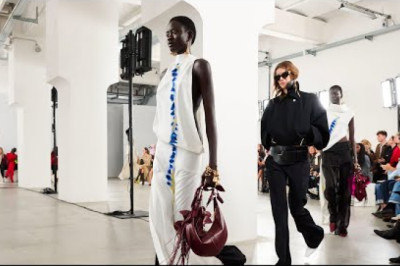
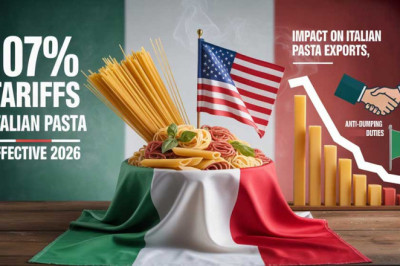

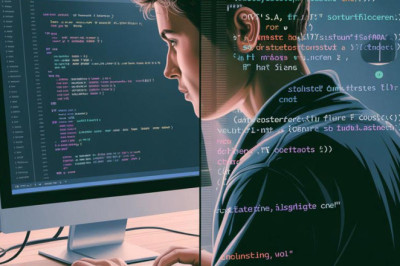


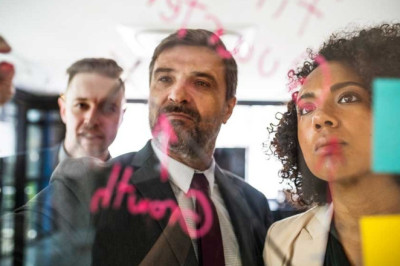

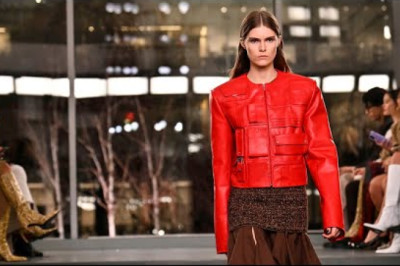
Comments
0 comment